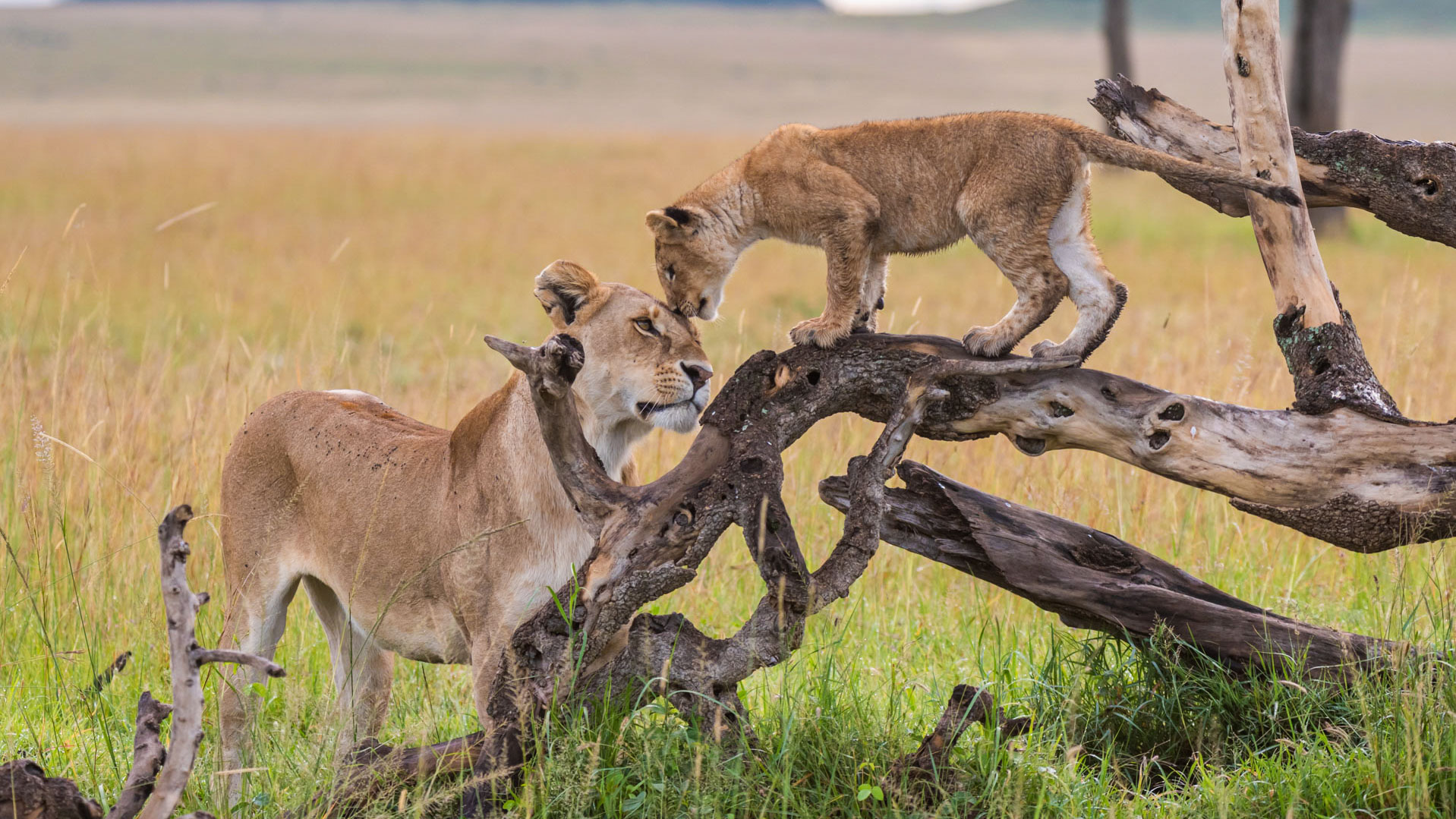
This week a year ago, I boarded a airplane and moved to the Maasai Mara. This place of unspoilt wilderness, where not much has changed for thousands of years, has gifted me adventures every day. The tangled webs of the ecosystem are an infinite source of wonder and curiosity.
At this time of the year, the regular rains should trigger a series of events that will draw millions of wildebeest and zebras to these open plains. When it rains, the world is reborn and everything seems to come alive. Water nourishes the soil and sustains life in all forms. Some areas of Kenya have been experiencing drought, but recently, the rains have moved through the country, as mentioned in last week’s blog. Here in the Mara, it has been raining aplenty and areas that have accumulated water have drawn an array of animals. The sense of renewal is palpable with the presence of water. This season brings dramatic cloud formations, amazing colours and new life.
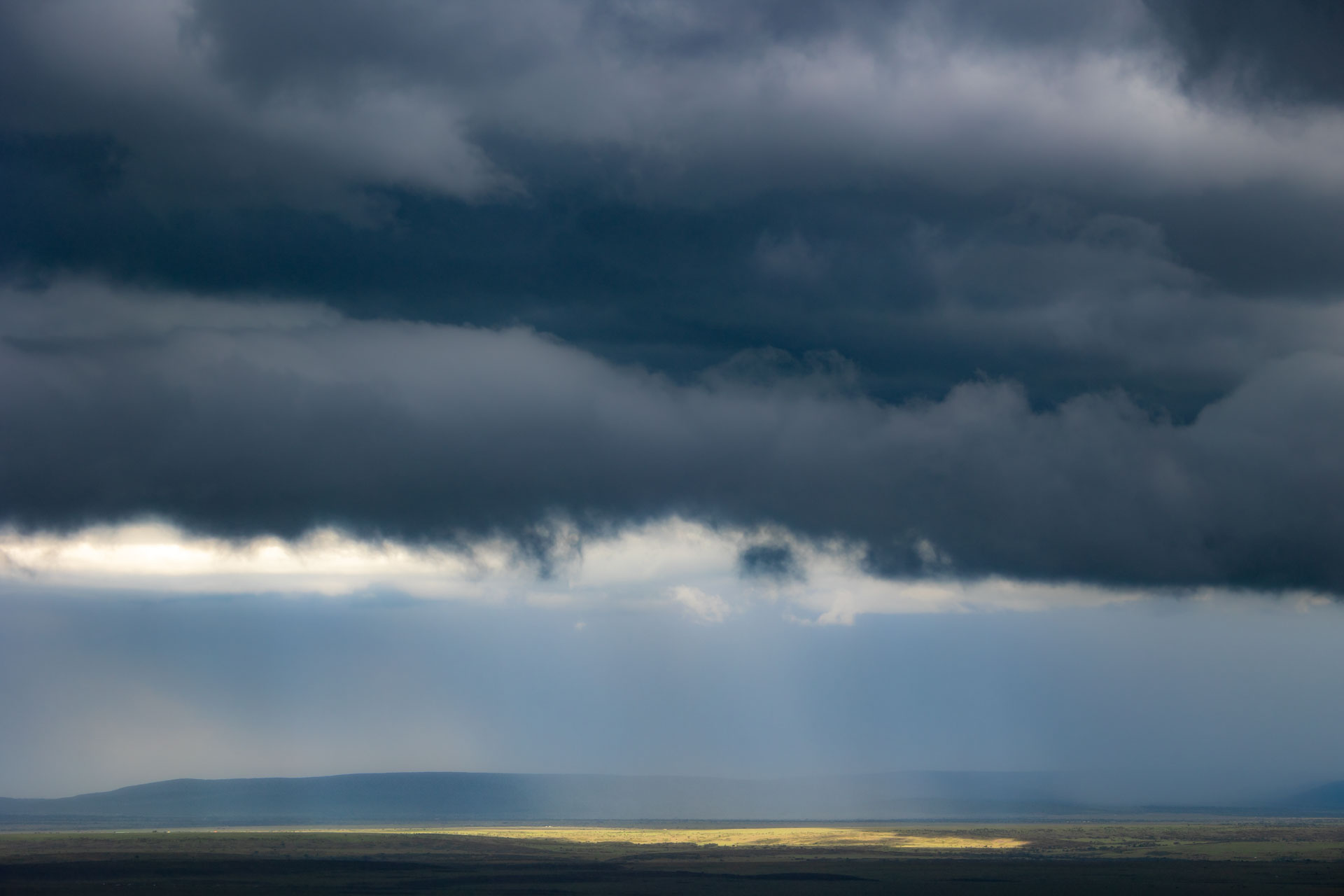
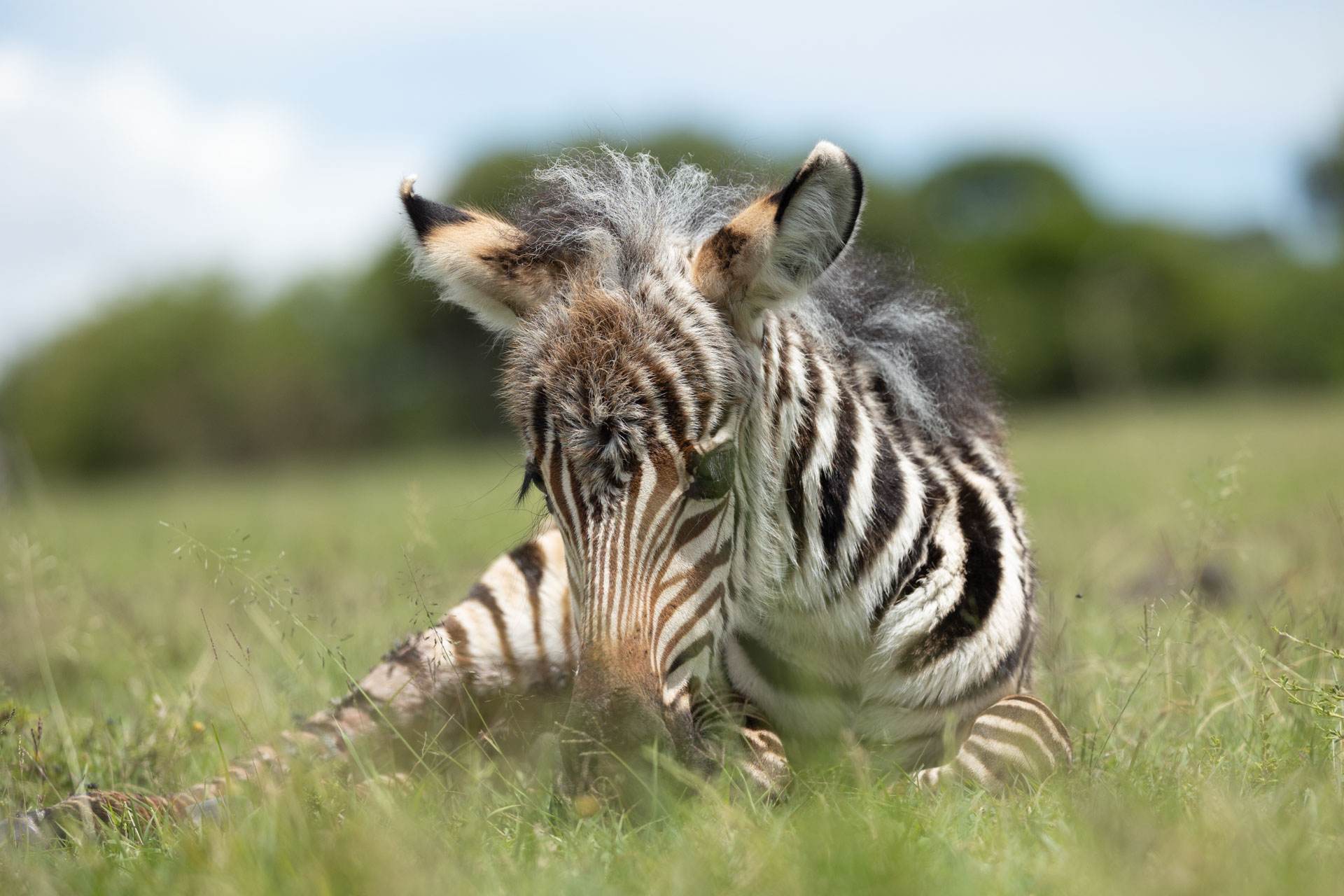
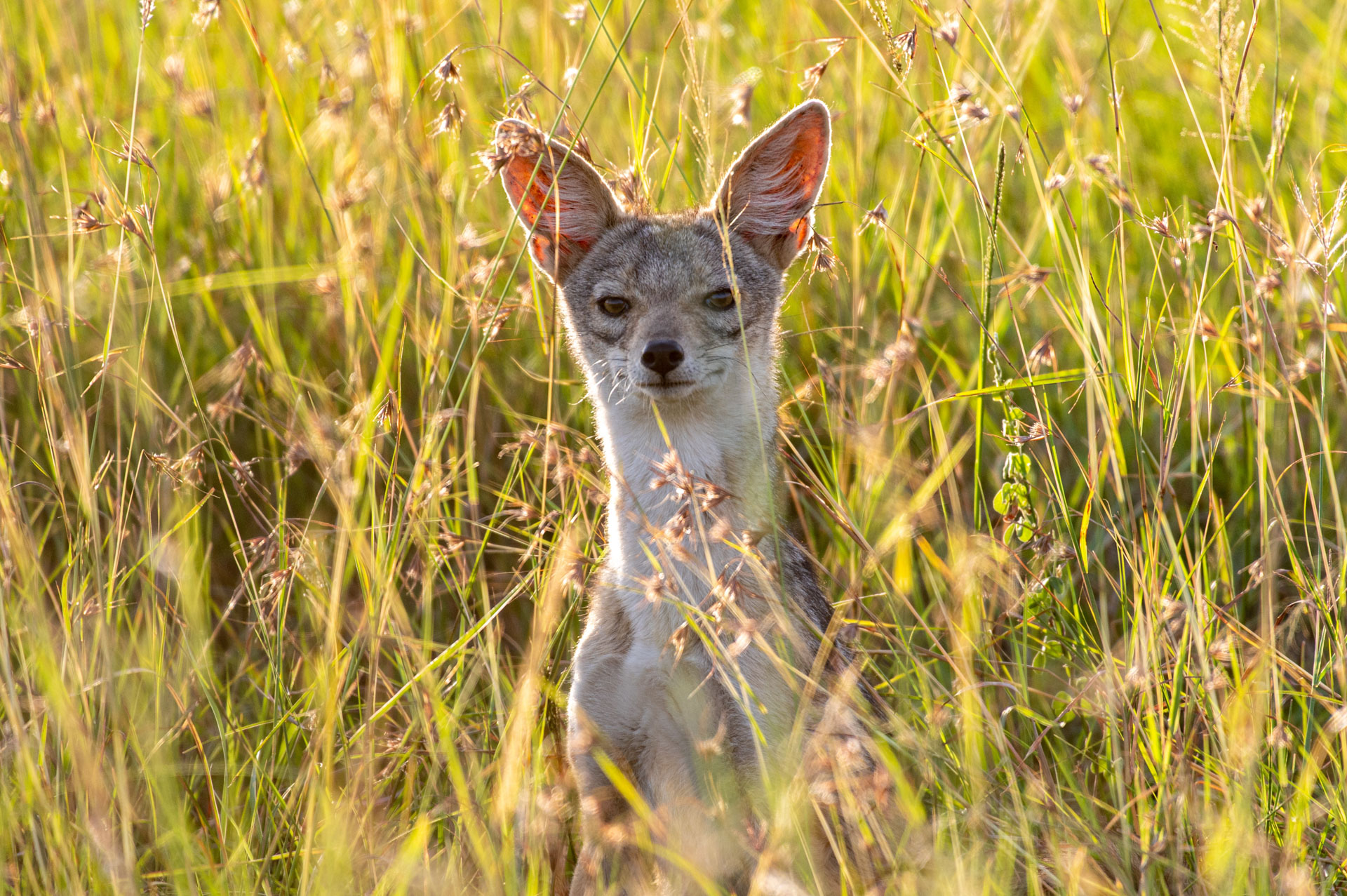
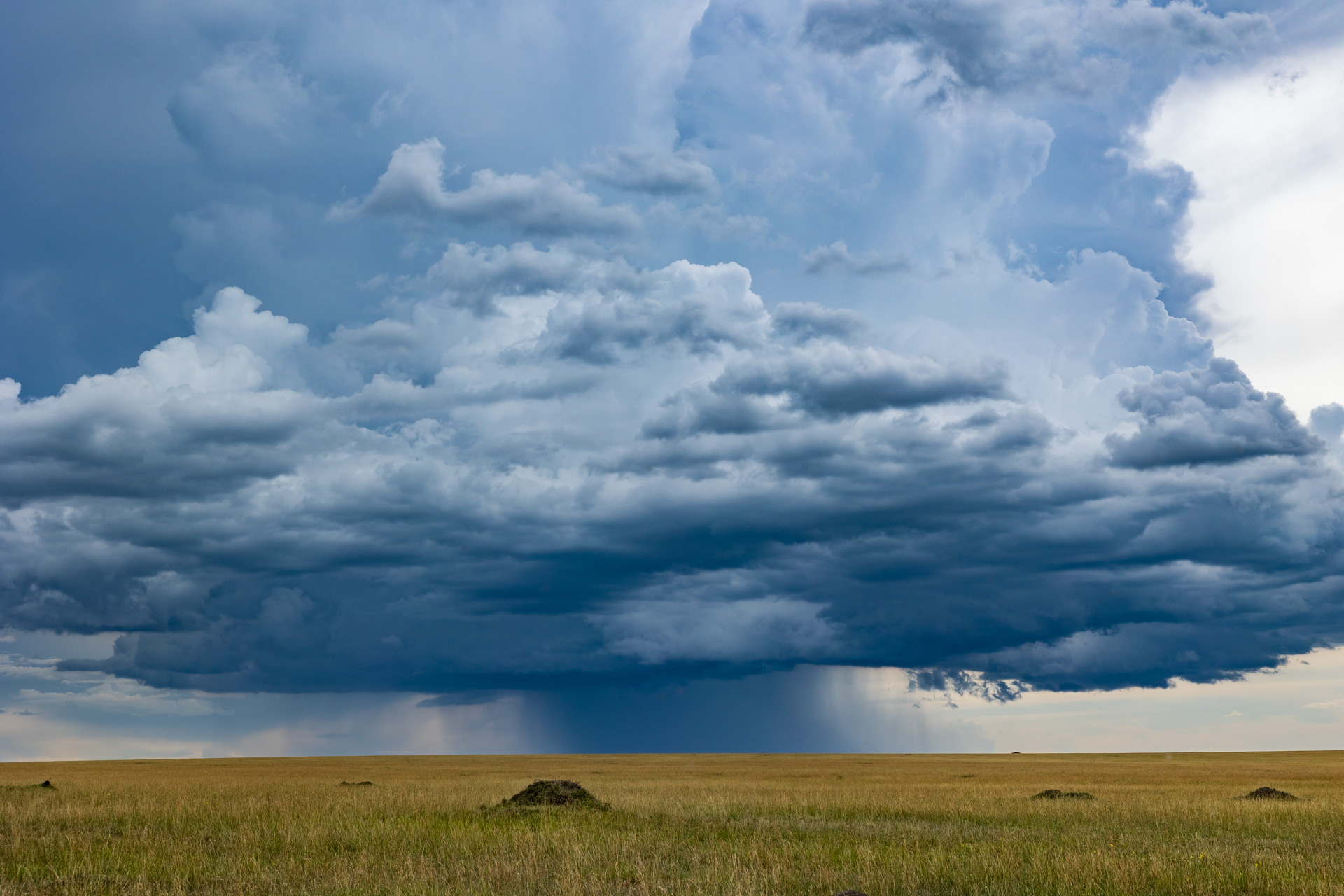
This week, Angama guide, Wilson Naitoi, came across some young cubs from the Border Pride playing on a fallen tree. The cubs were chewing on dry wood in an interesting way. This is because they are teething and their large teeth growing are bound to be painful. They were full of energy and kept jumping around, up, over and under the branches, chasing each other in a playful way but practicing their instinct to hunt.
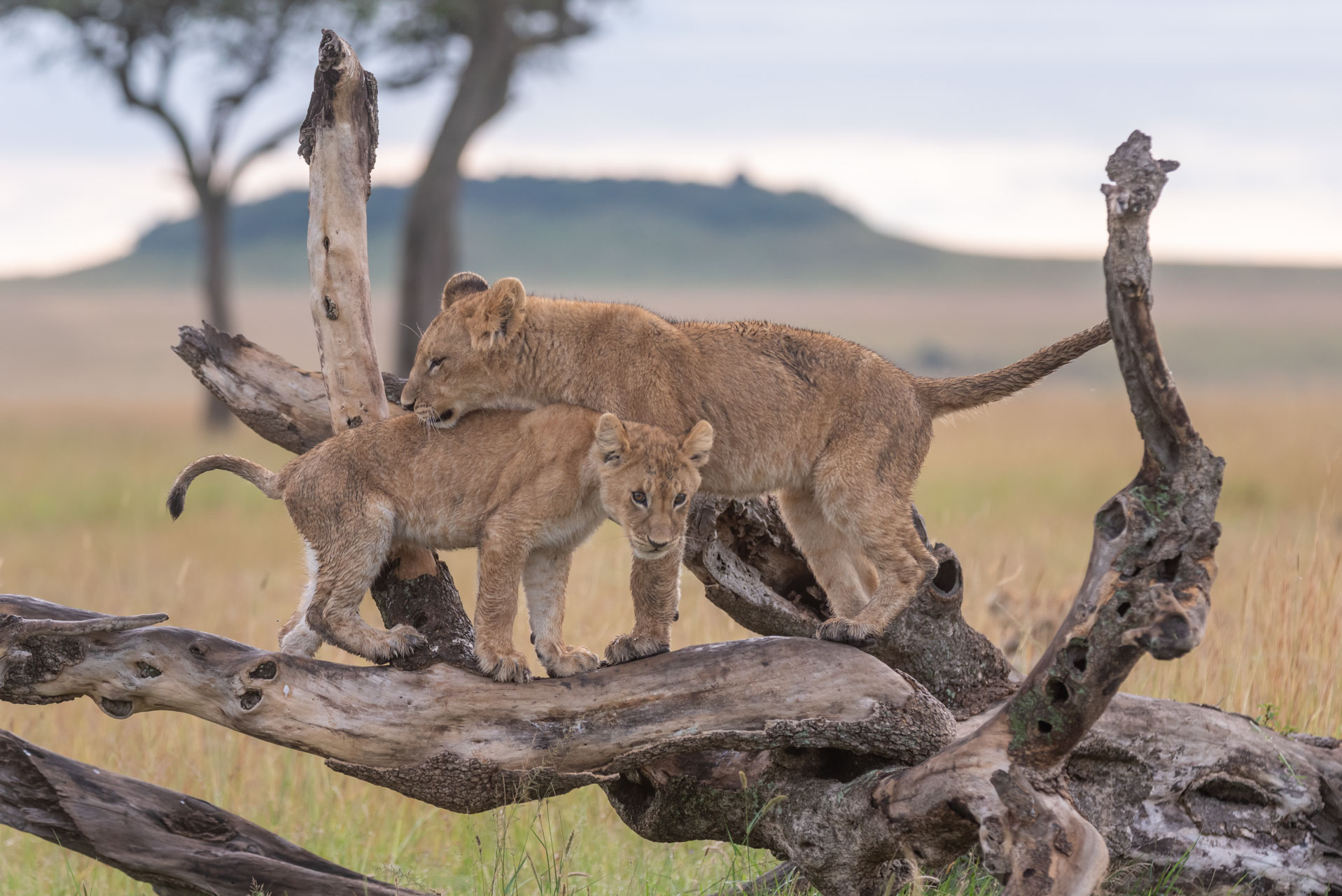
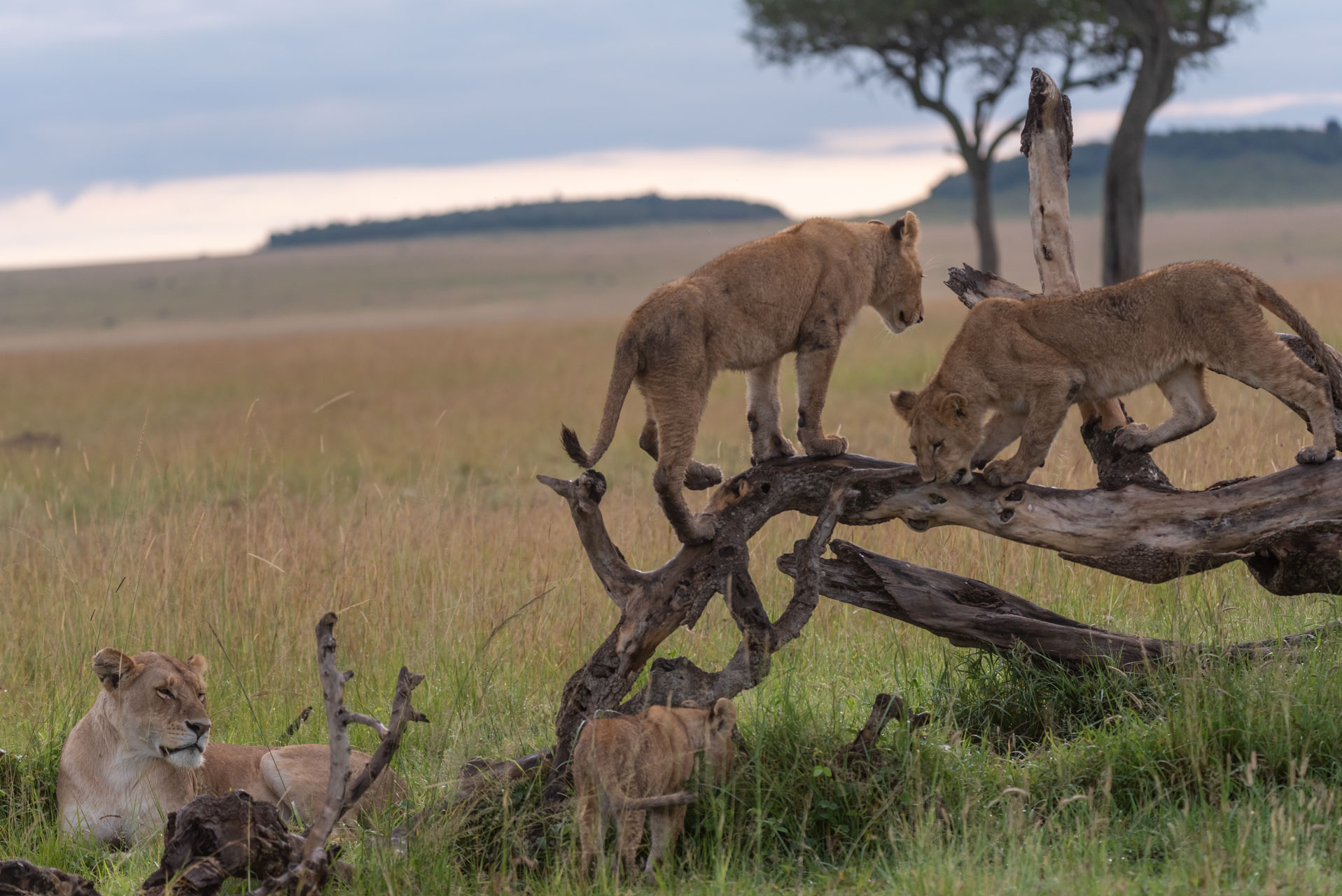
Jeremy Macharia and Peter Ekidor (one of our newest members of the Angama guiding team), were driving around the area known as 4x4 in the Mara Triangle. As they drove, they described hearing the unmistakable, high-pitched, almost cackling sound of hyenas in the area and drove towards the sound. They discovered almost 10 hyenas walking away with what seemed to be very full bellies.
The smell of decay came in waves until they approached the carcass of a hippo. They came across the River Pride (11 strong) in the area along with several hyenas. The smell and sound of the hyenas drew the lions to the hippo, but chances are most likely that it died of natural causes. There was a single injured hyena stuck in the mud and it anxiously watched as the lions fed on the hippo. The River Pride tends to frequent the swampy areas and they were covered in mud as they feasted. They seem to be thriving at the moment, as we enjoy regular sightings of the pride not far away from the lodge.
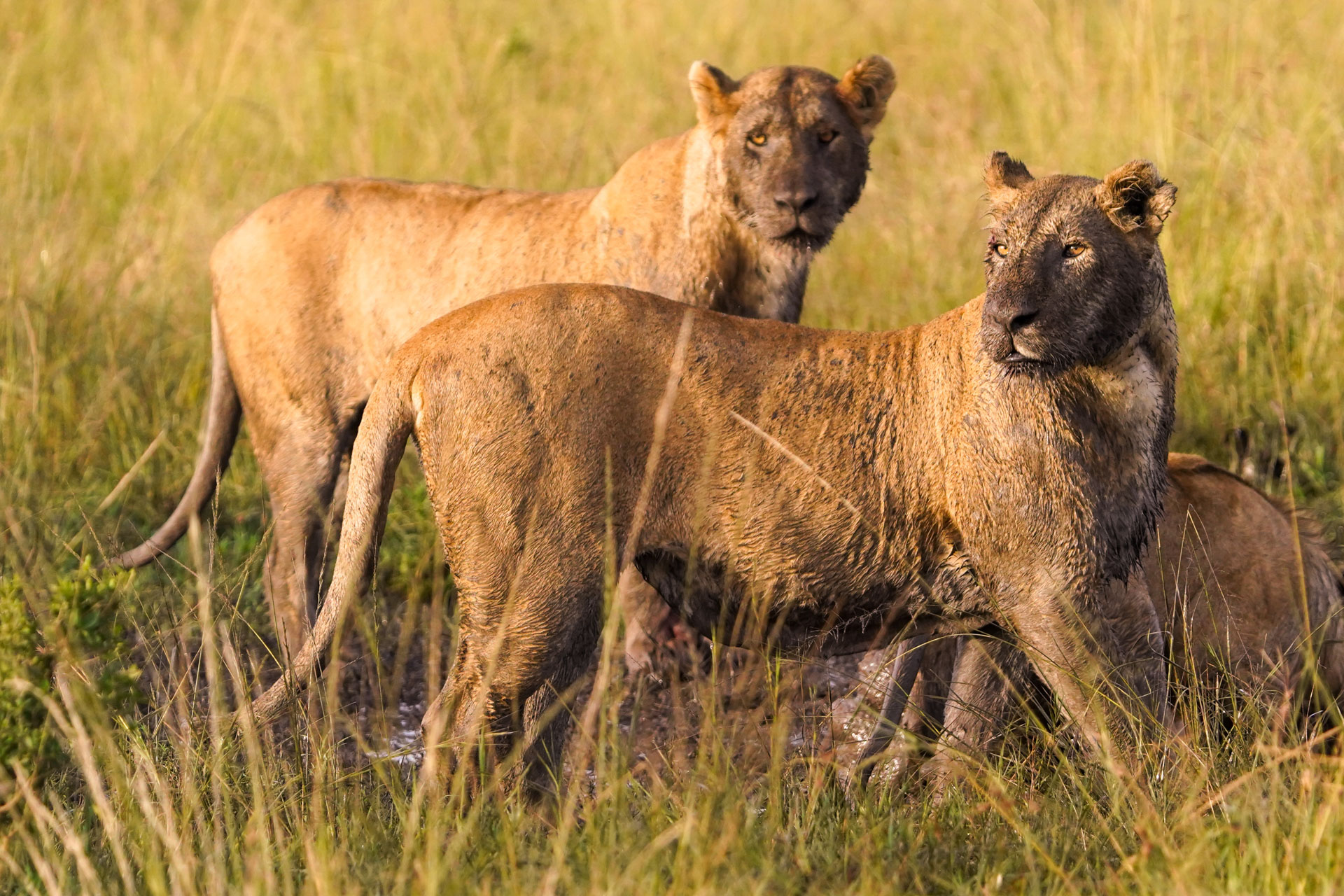
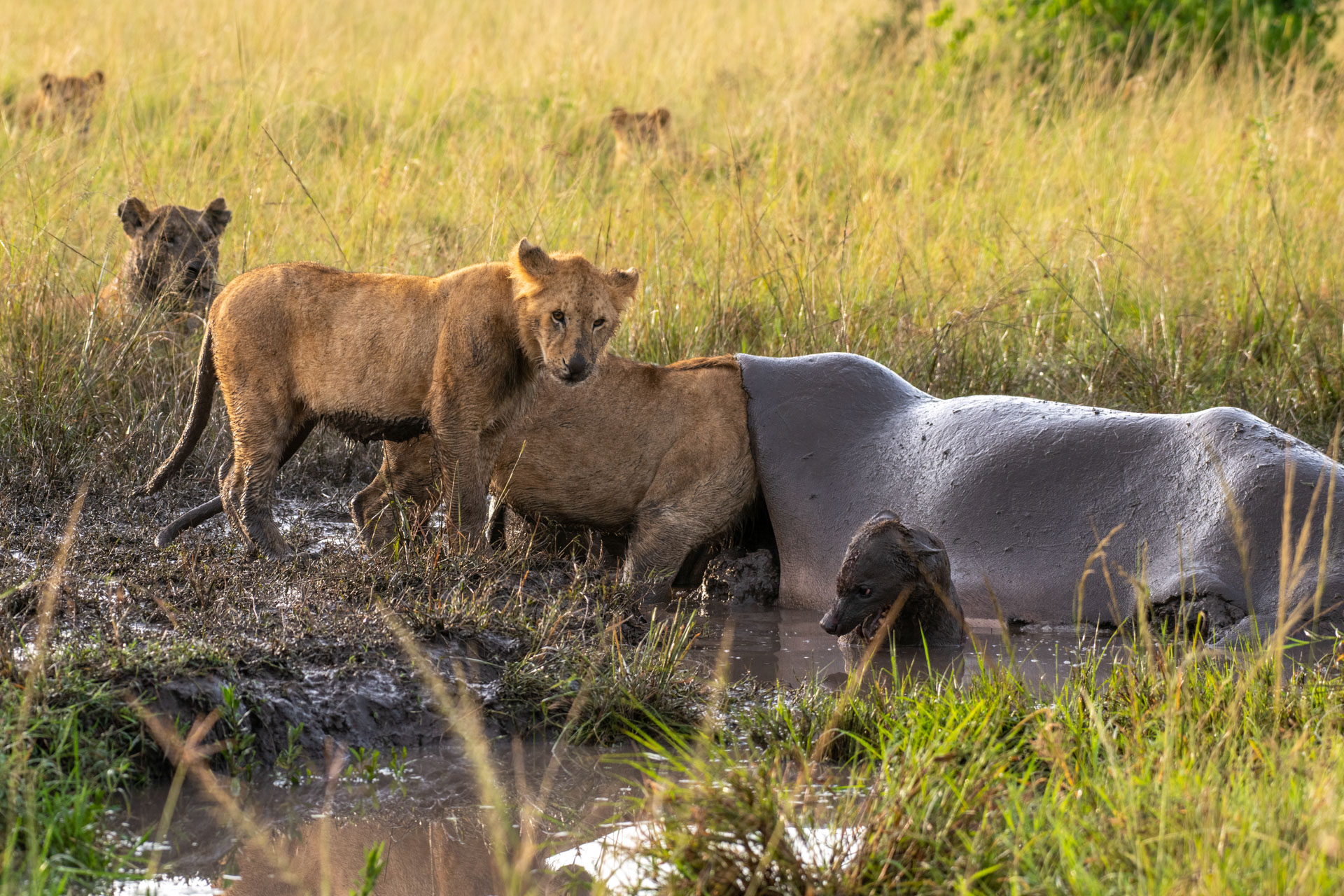
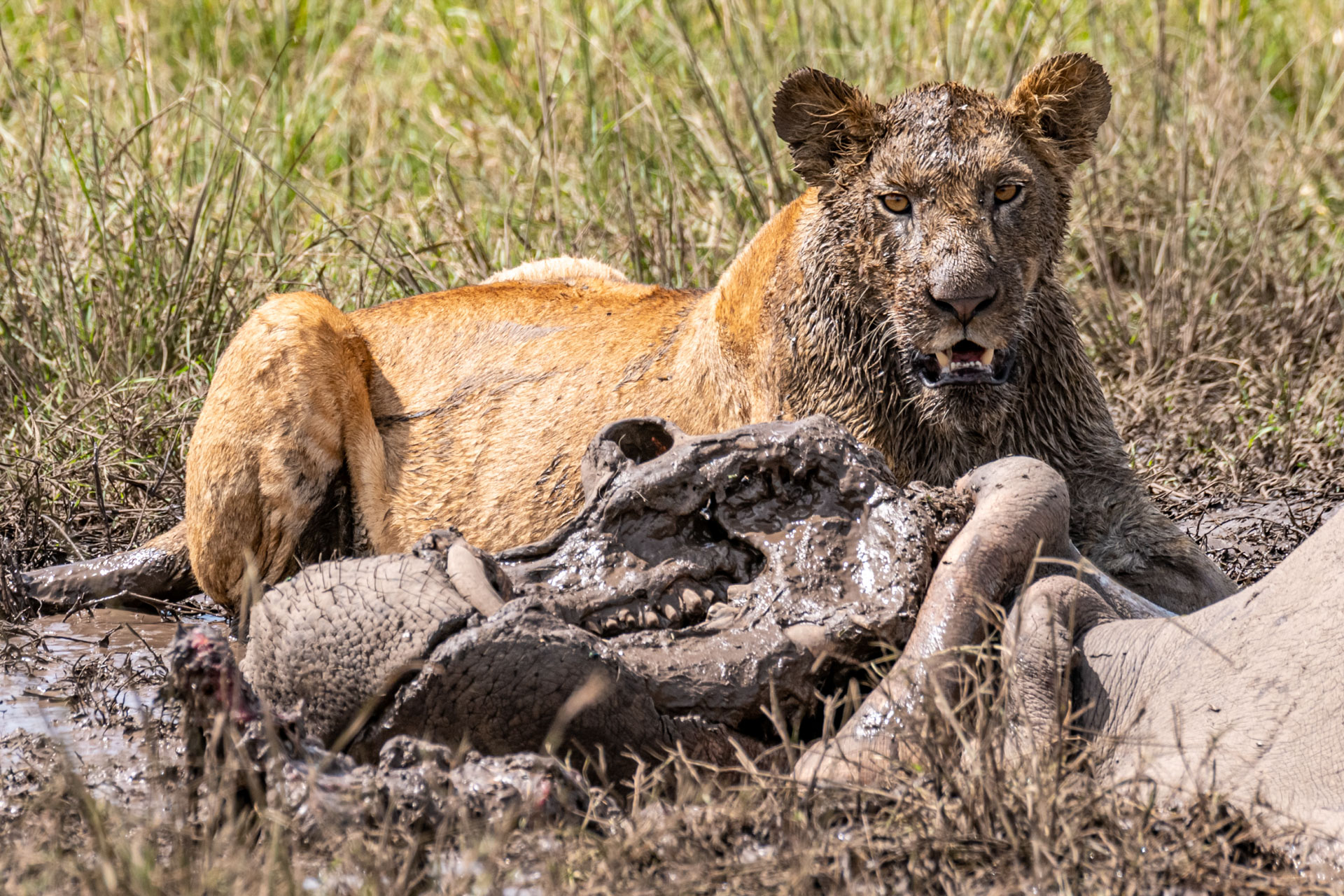
Over the radio we heard that Chongo, one of the Bila Shaka males, was spotted at the same kill later that evening and scared off all the lions and hyenas. After he finished eating, he proceeded to mate with the Angama Lioness.
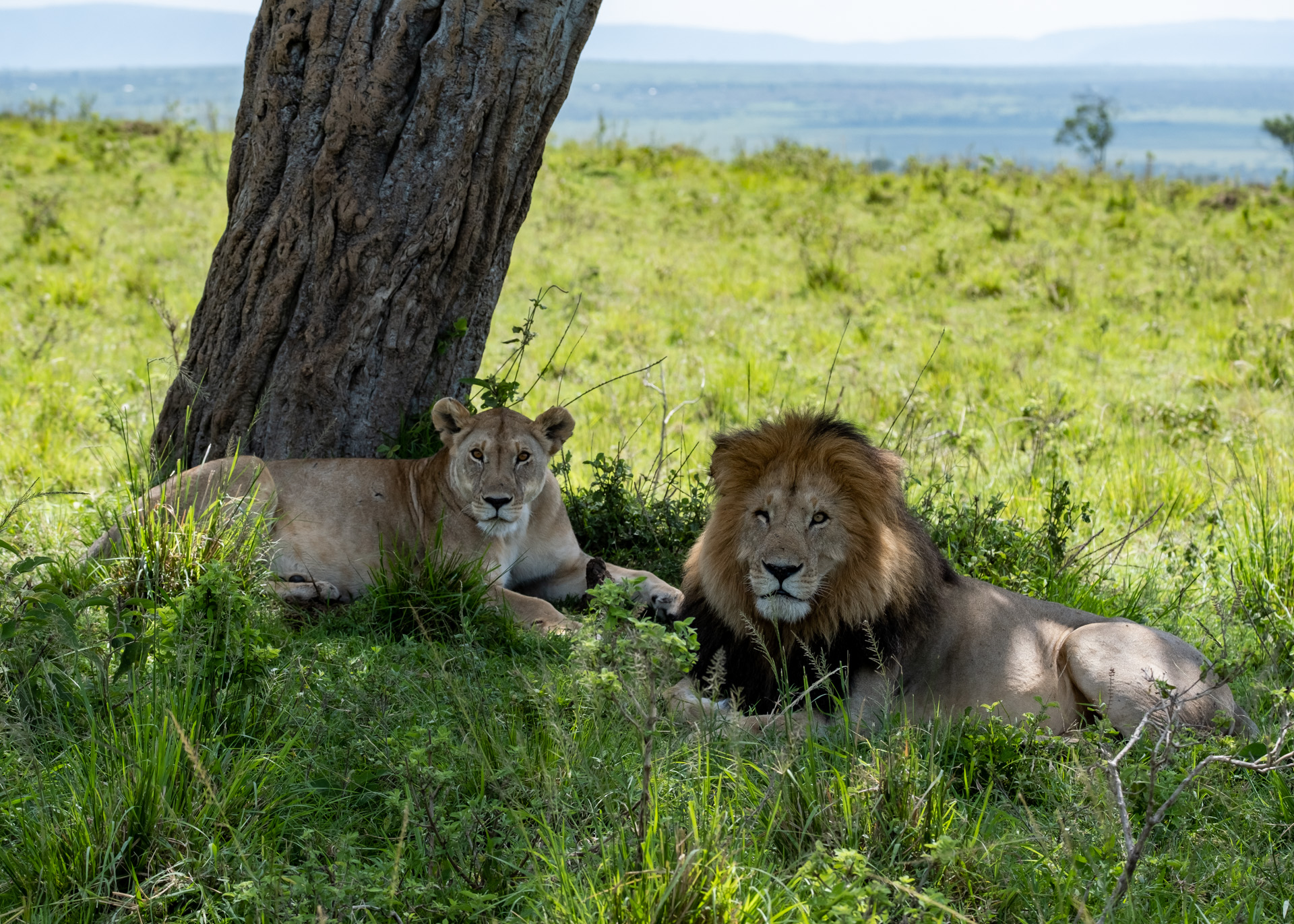
Later in the week, I came across the River Pride early in the morning as they had moved away from the carcass and towards the river. There are some young males that are almost at the age where they might form a coalition of their own and leave the pride. Still wet from the night before, they weaved through the tall grass and sat on some mounds by the road, scanning the horizon.
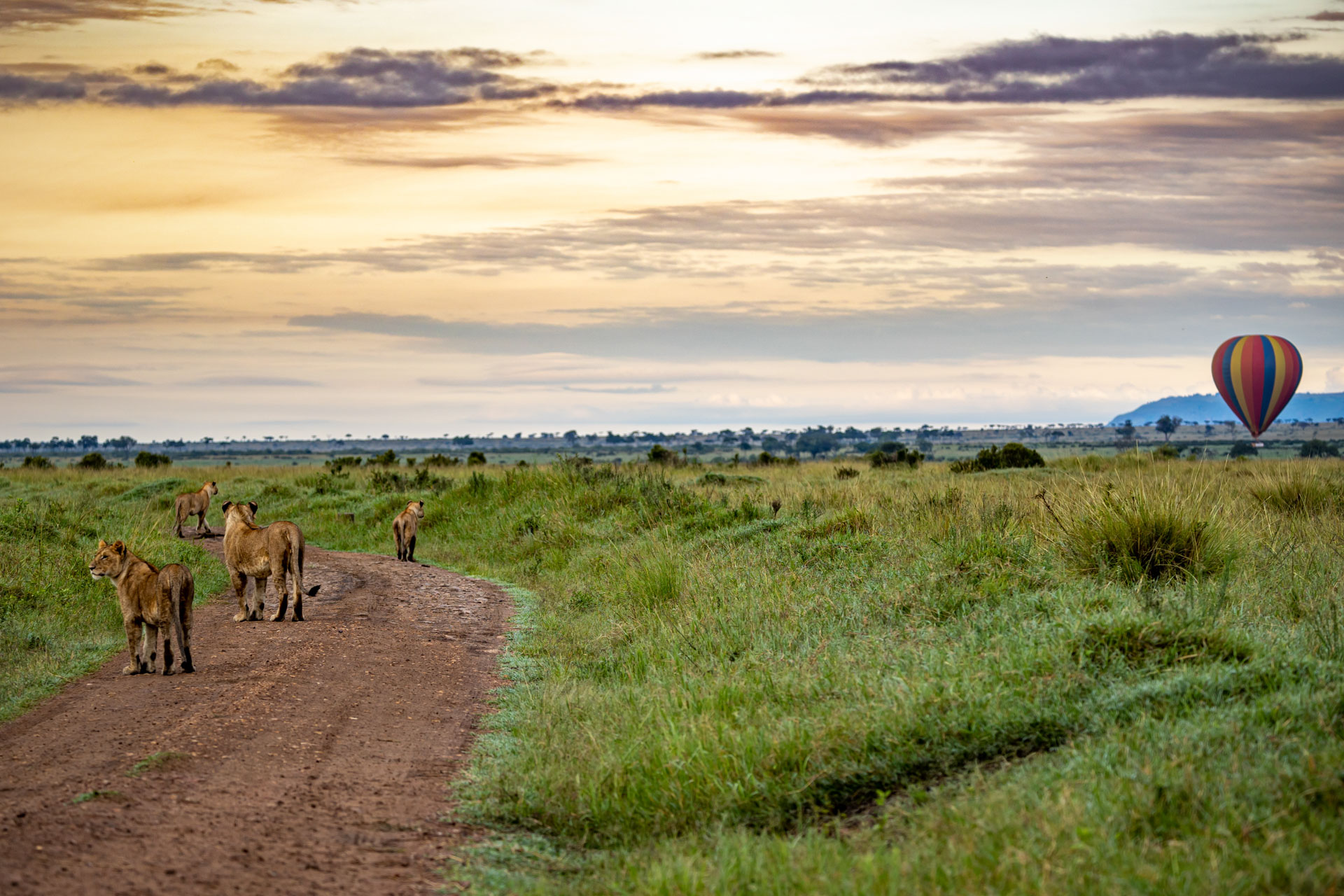
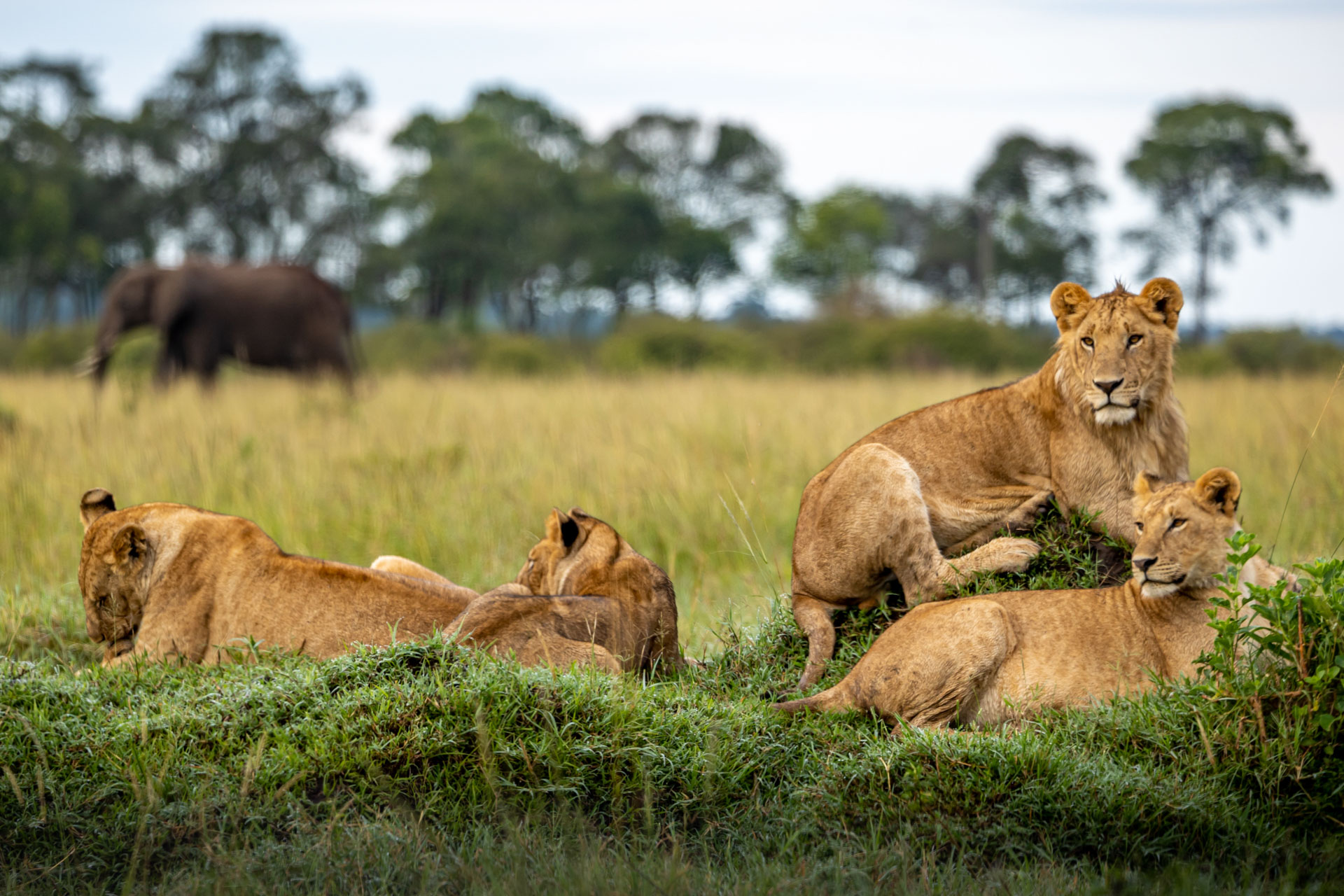
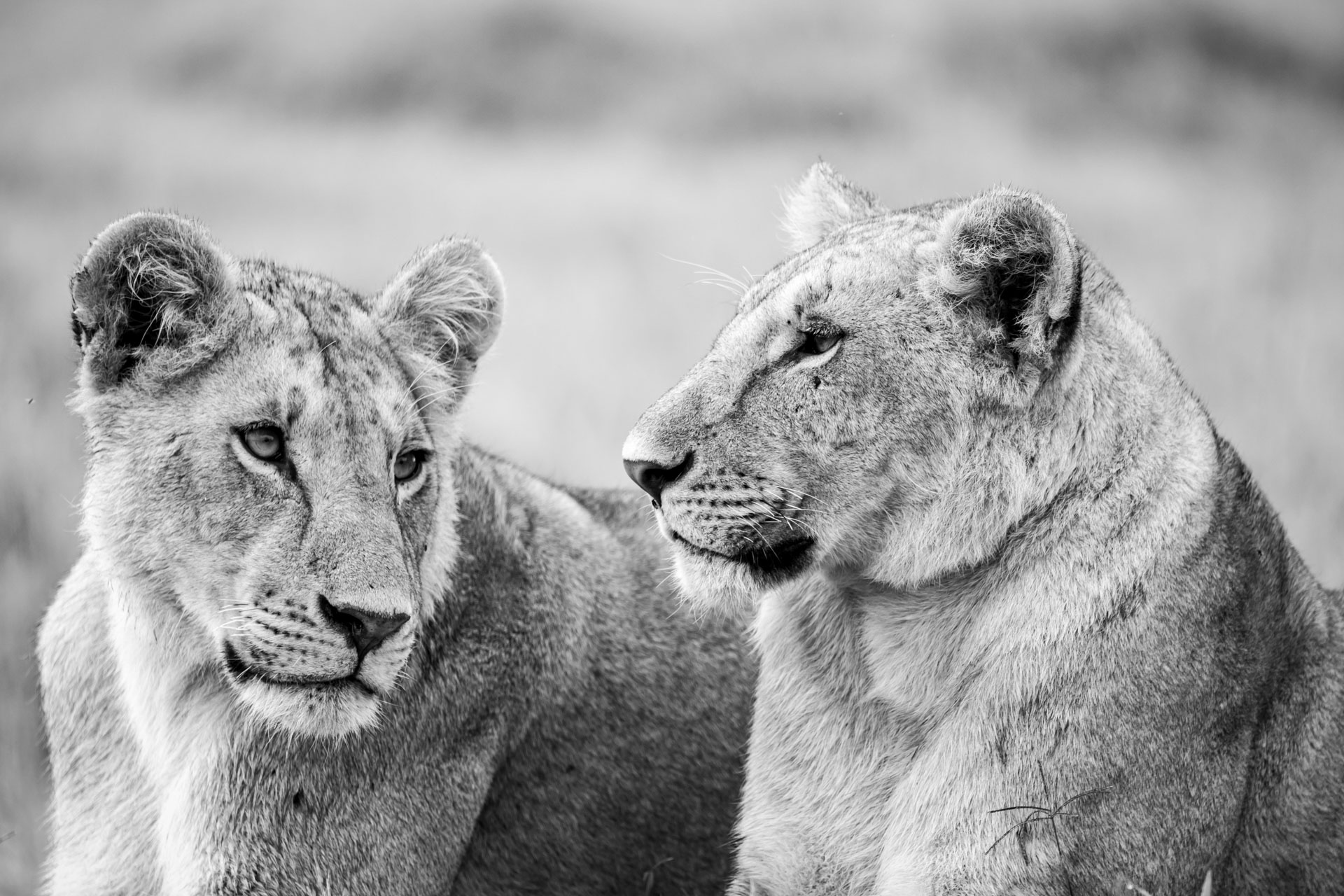
Jeremy and Wilson also ran into the Salt Lick Male near the Nyumba Nane. He was seen with a warthog carcass up an olive tree. The shape of the leopard conformed to the tree and his limbs and tail drooped like branches. You could tell he was well fed as his belly extended between the branches. He positioned the kill in a way that he had full access to it, later descending the tree for a drink of water as he digested his meal.
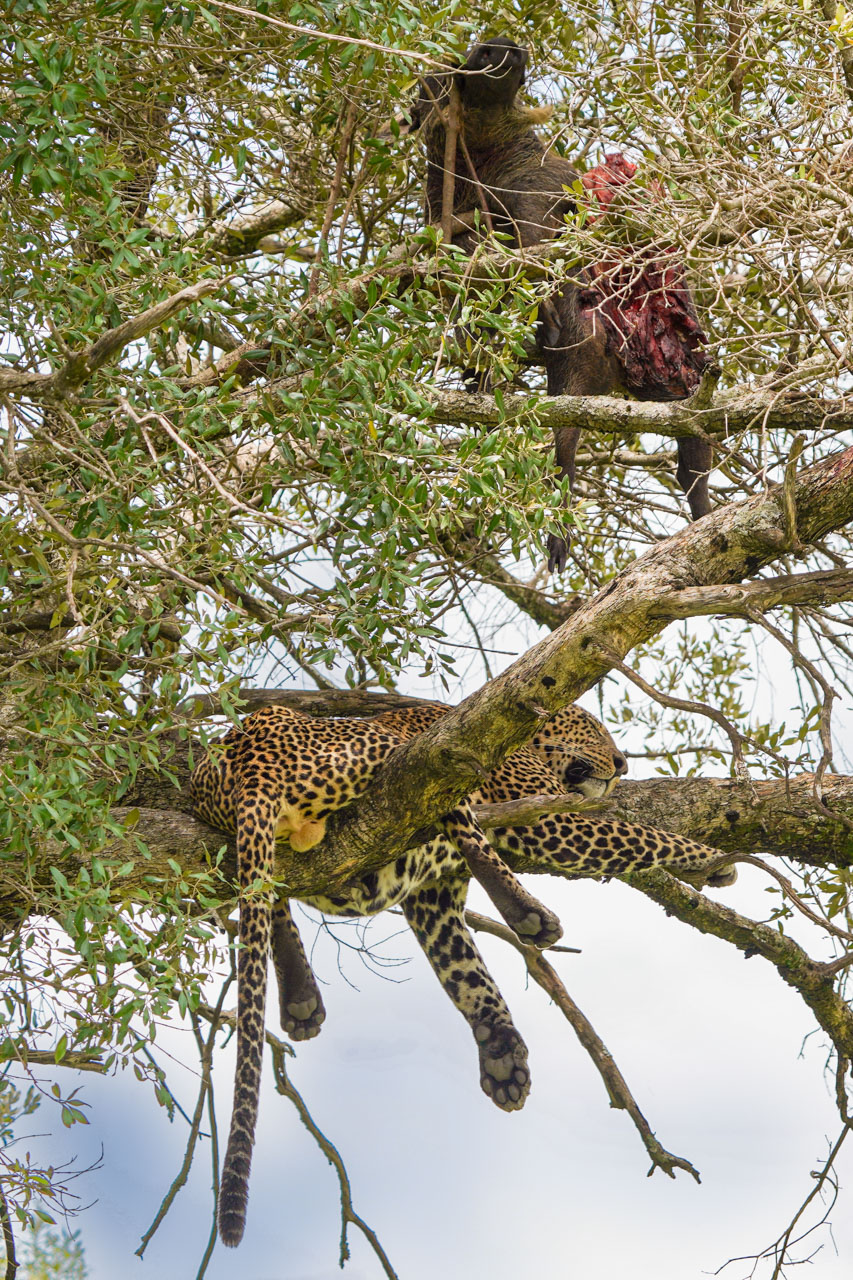
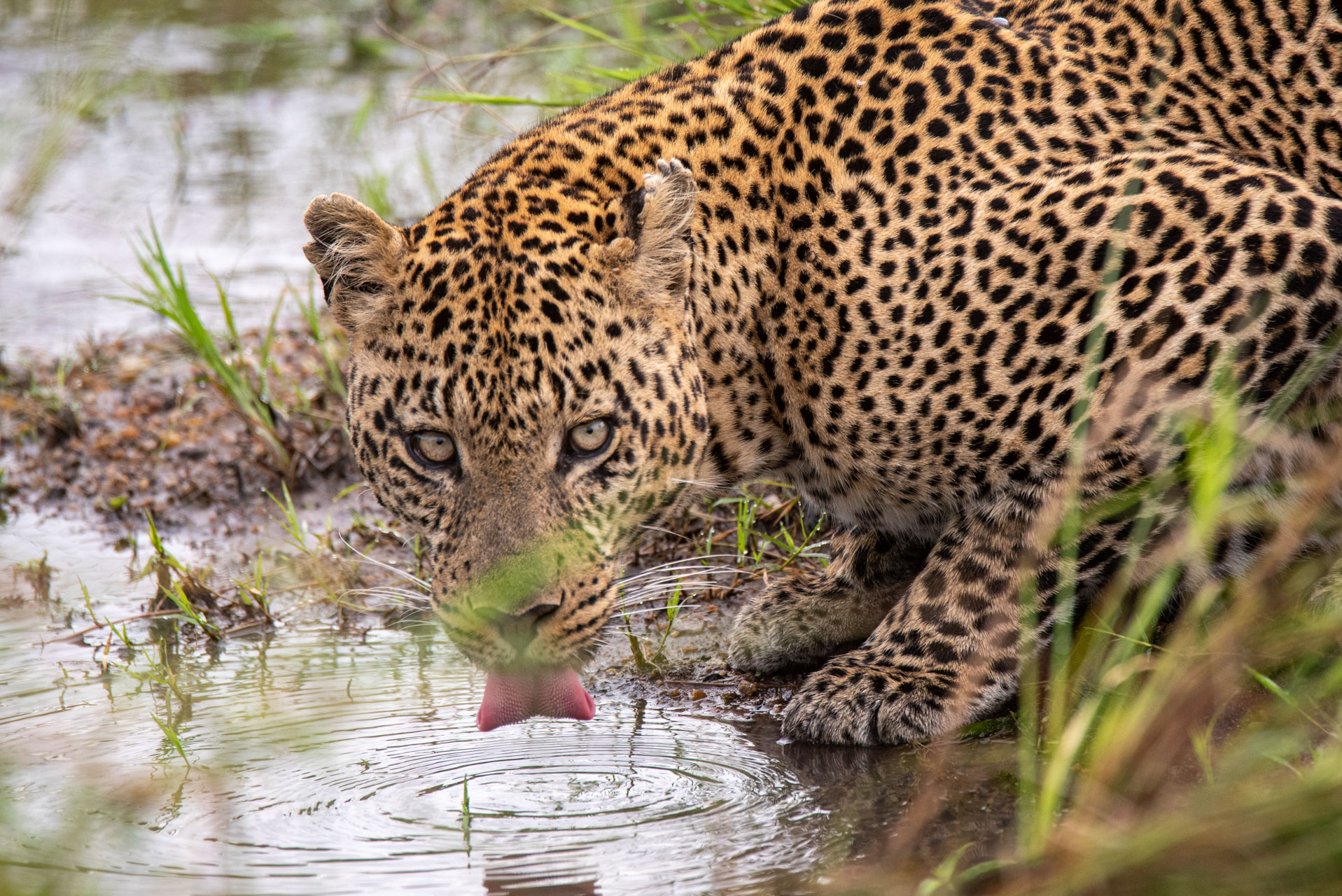
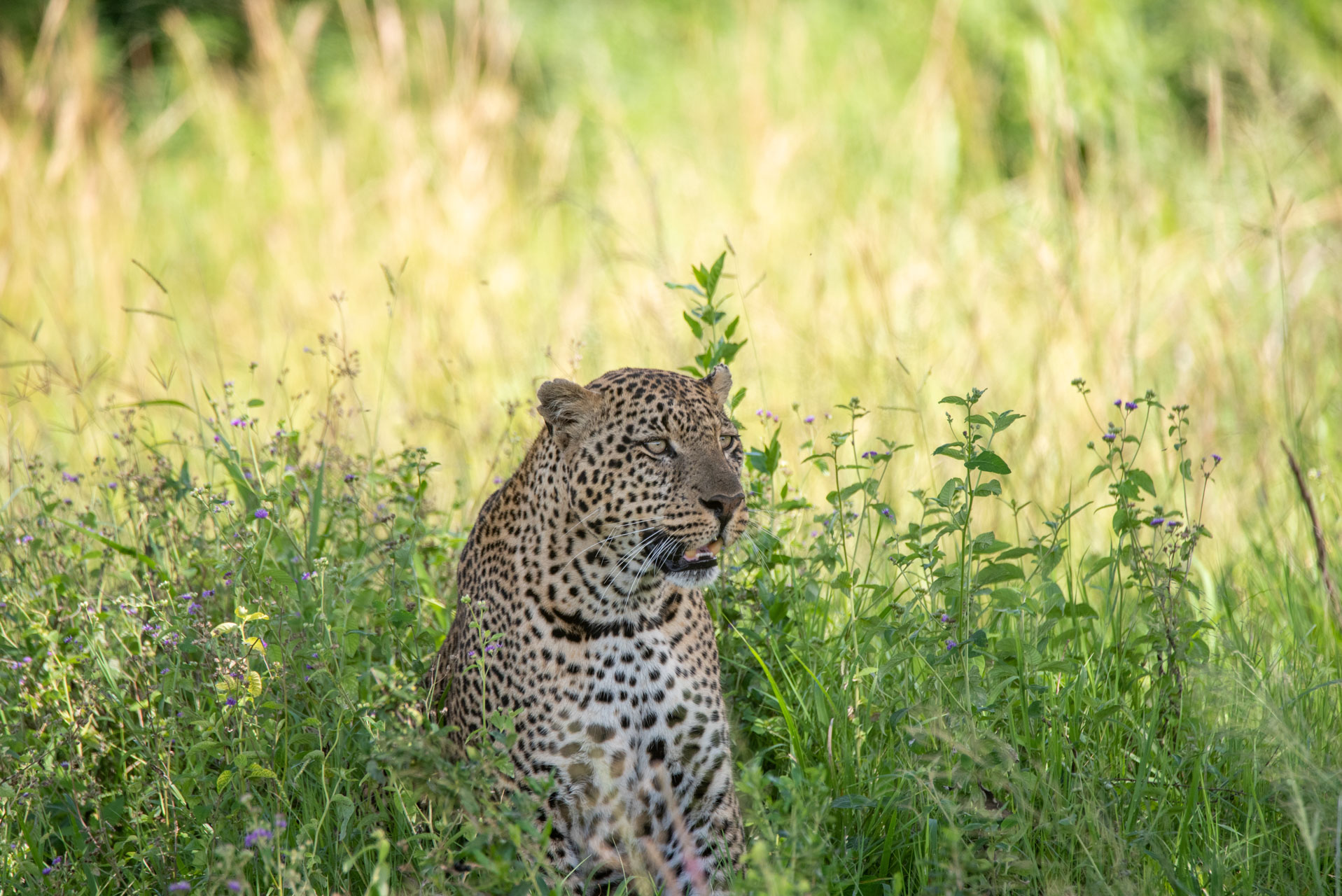
Robert ran into a familiar scene near the Serena area; a standoff between predators and scavengers. However, what made this sighting special was he was able to capture a fierce tug of war between the lions and hyenas over the remains of a gazelle.
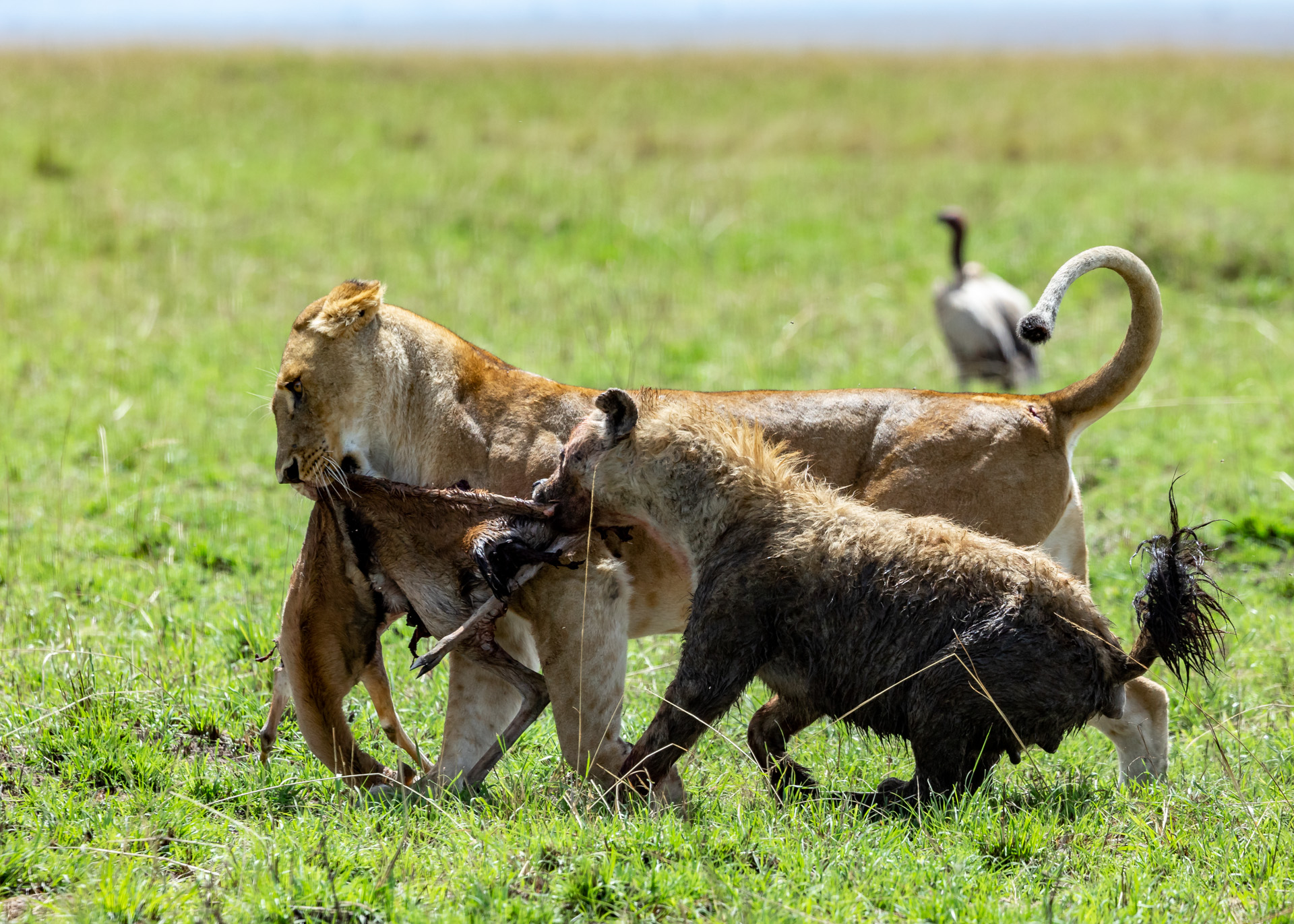
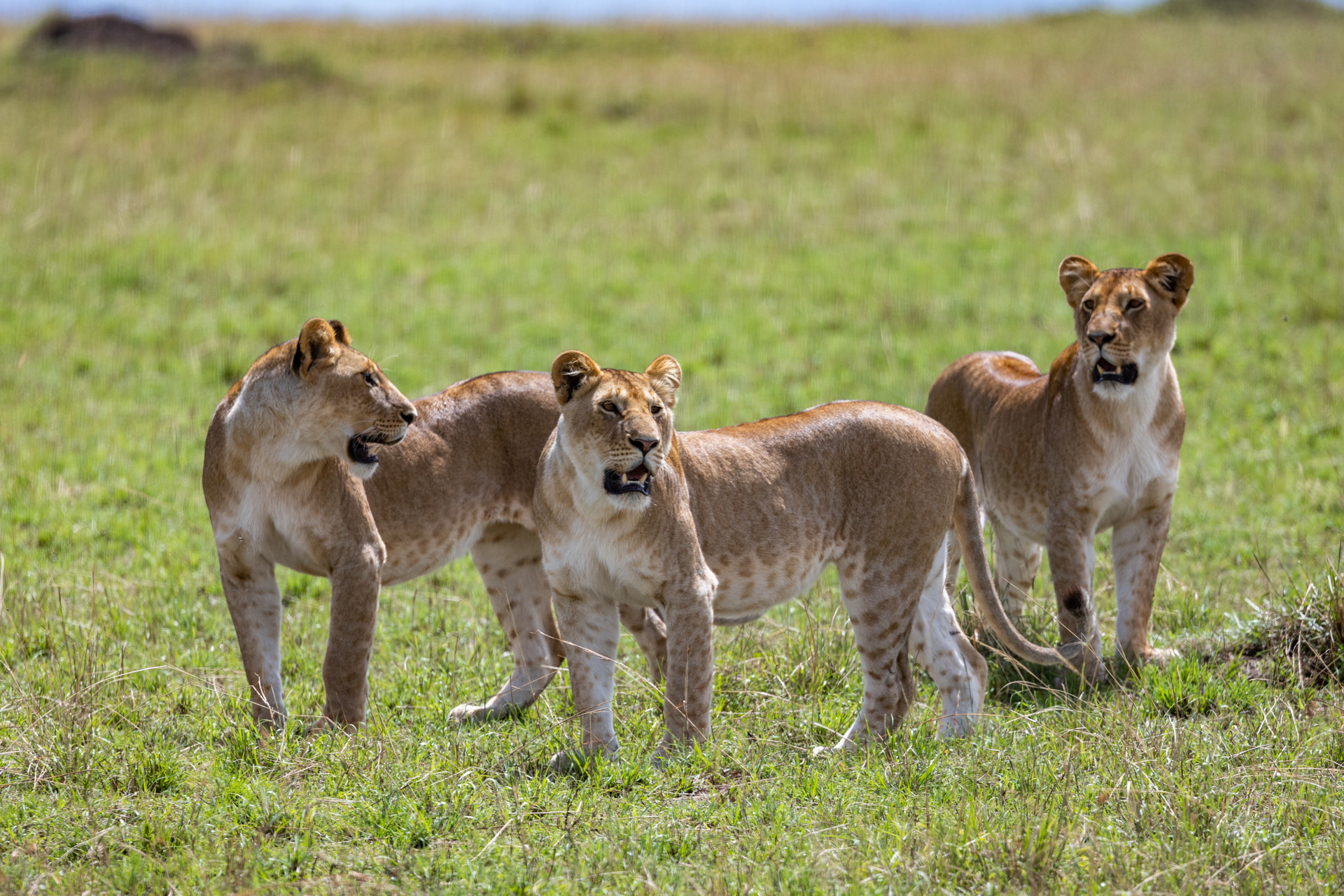
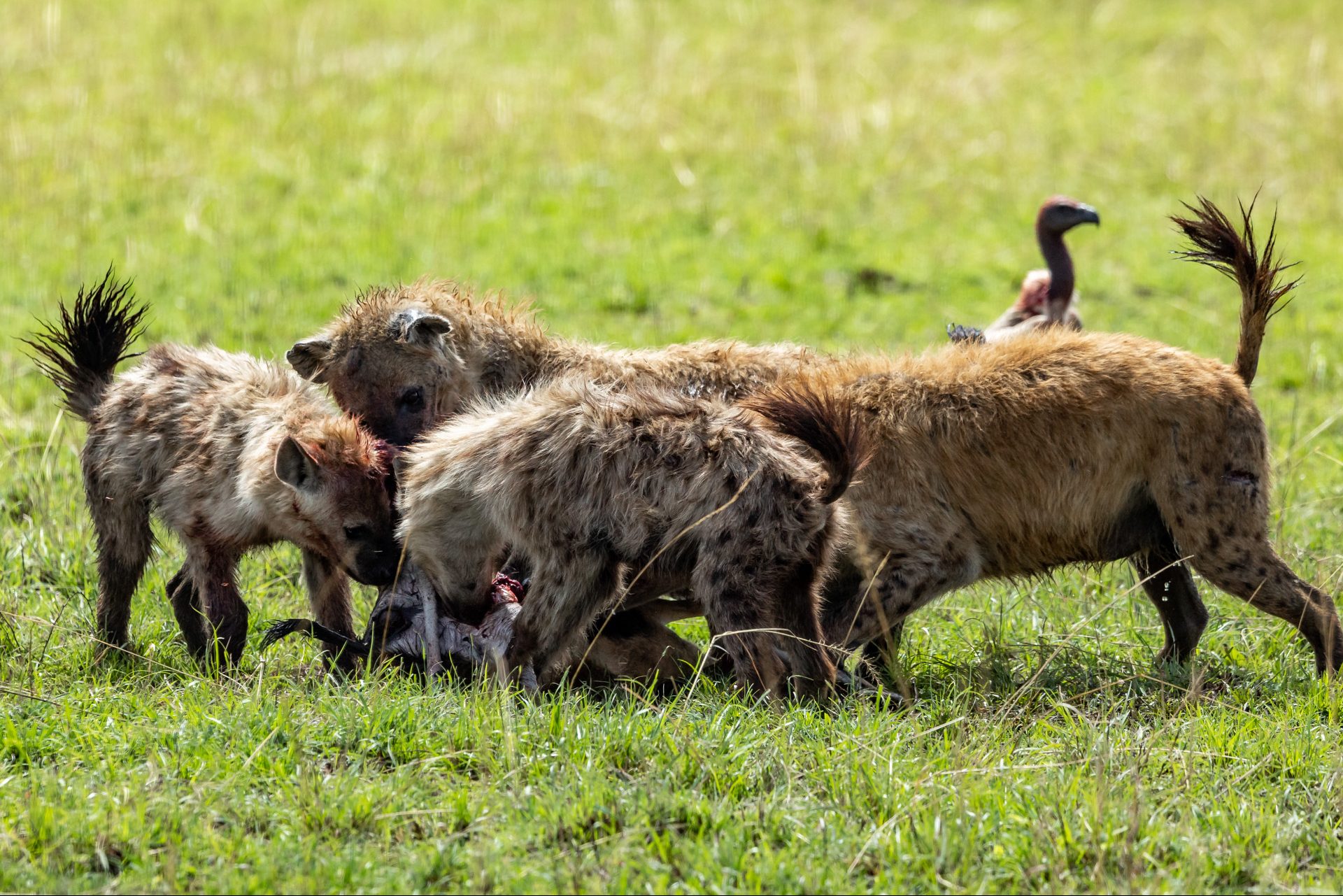
After heavy rains I drove by the Maji ya Ndege area and it was true to its name, which in Swahili means 'water of the birds'. There are swamps on both sides of the road and hundreds of birds. Everything from grey headed herons, hamerkops, kingfishers, sacred ibis, and storks all in the same area. I could hear a symphony of frogs in unison 'ribbit' and the birds strategically scanning the water and grass for prey.
I came across a hamerkop near the road and it was moving in an irregular way. When I got closer, I realised it had a frog in its mouth. The frog was noticeably large and I watched as the bird attempted to swallow it, to no avail. Every few minutes, the hamerkop would smash it in the water and again attempt to swallow. Later in the same area we saw several storks spending their day 'fishing'. The rains have brought mud fish to the middle of the savannah.
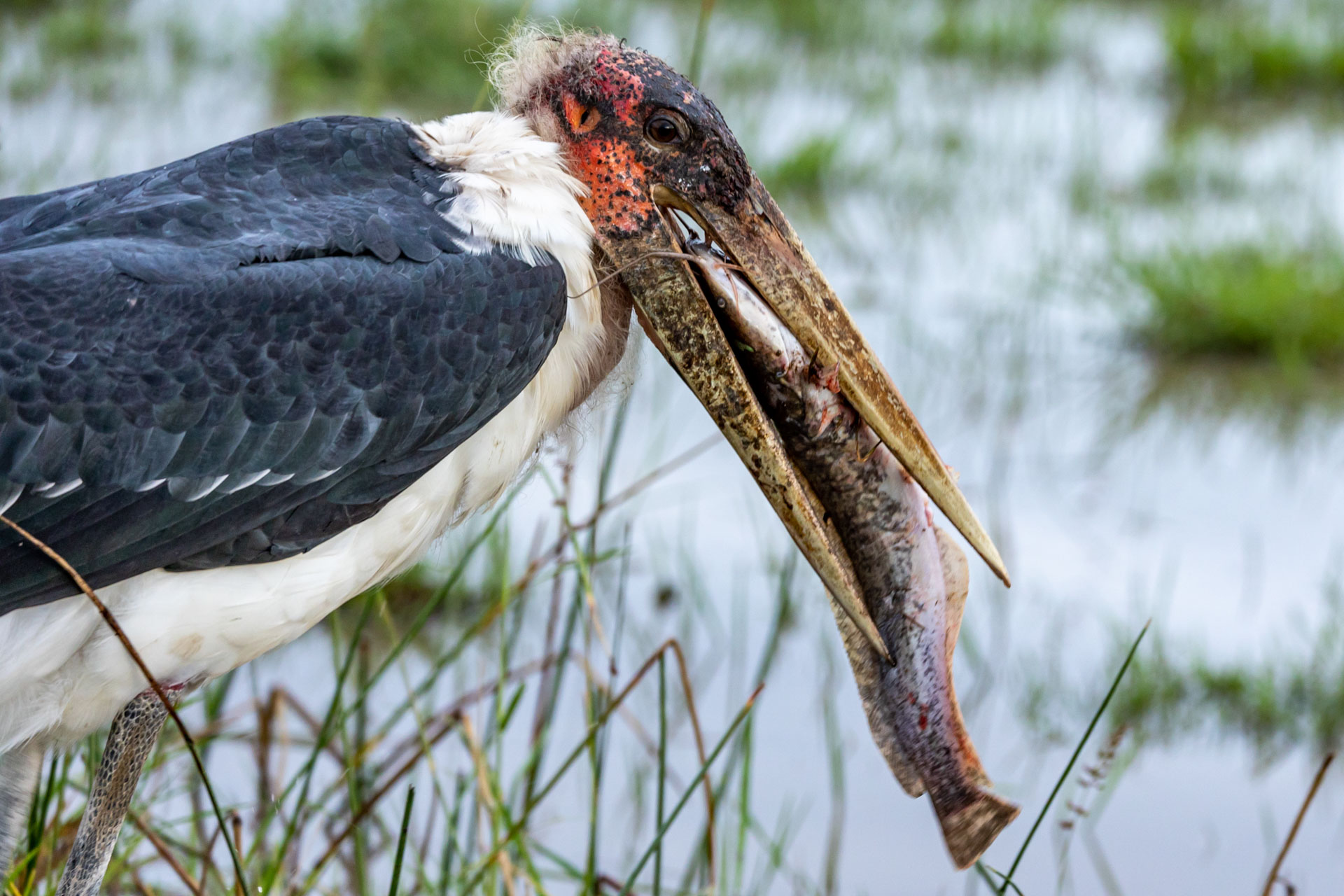
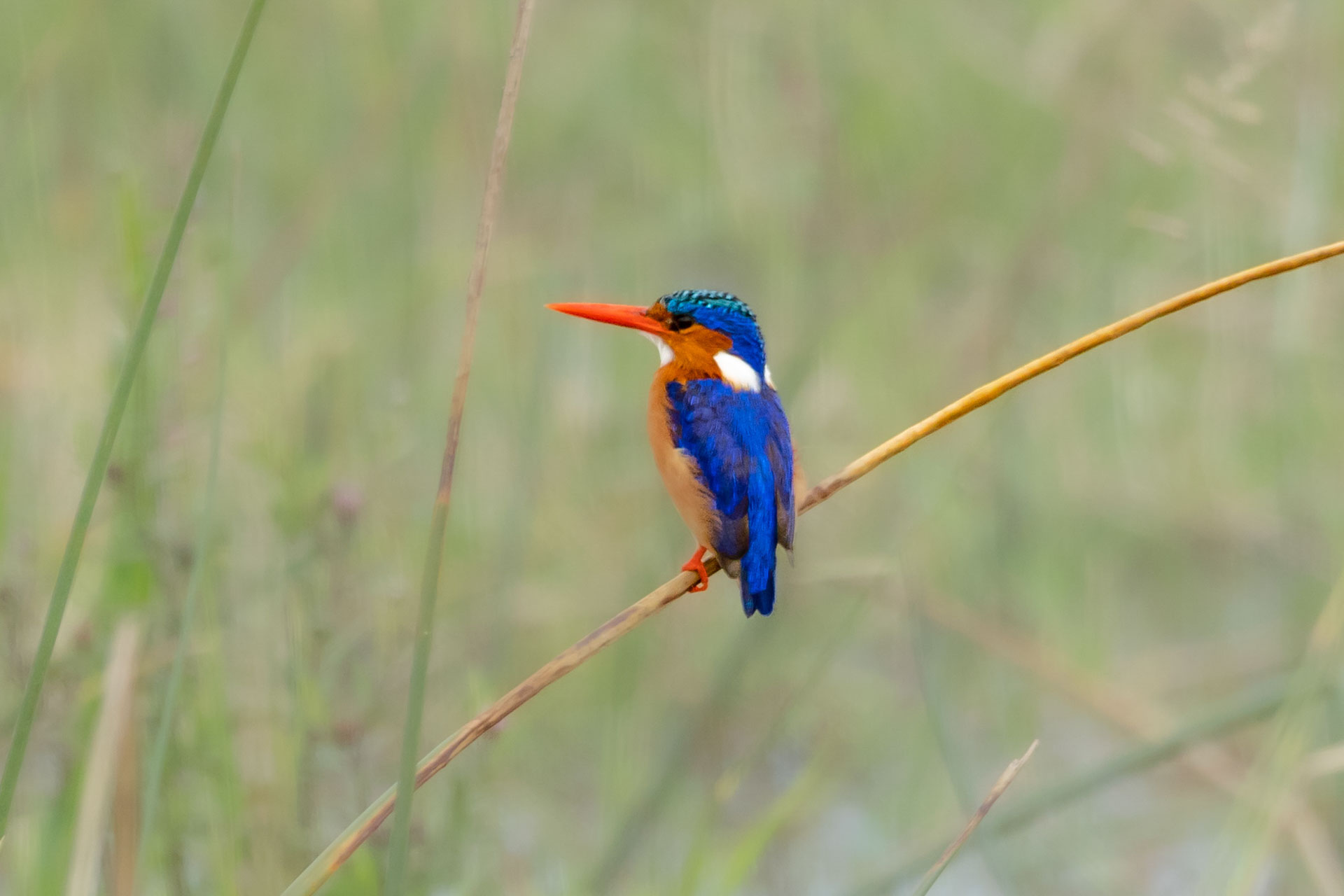
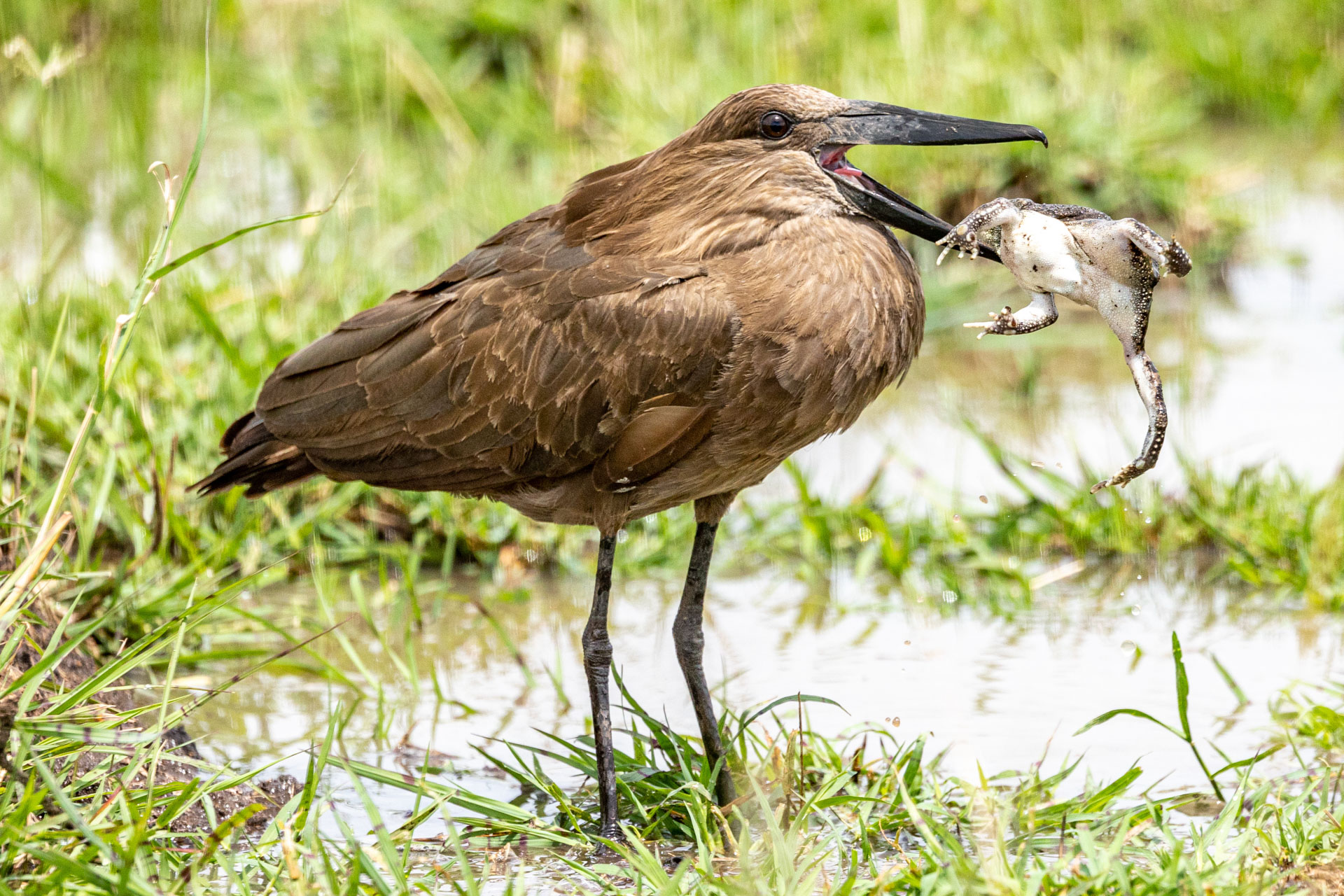
The name Maasai Mara means 'spotted'. These spots are the ancient guardians of the land. As important as water is, so are the trees and the soil that soak it all in. The animals will follow the trees and healthy soil.
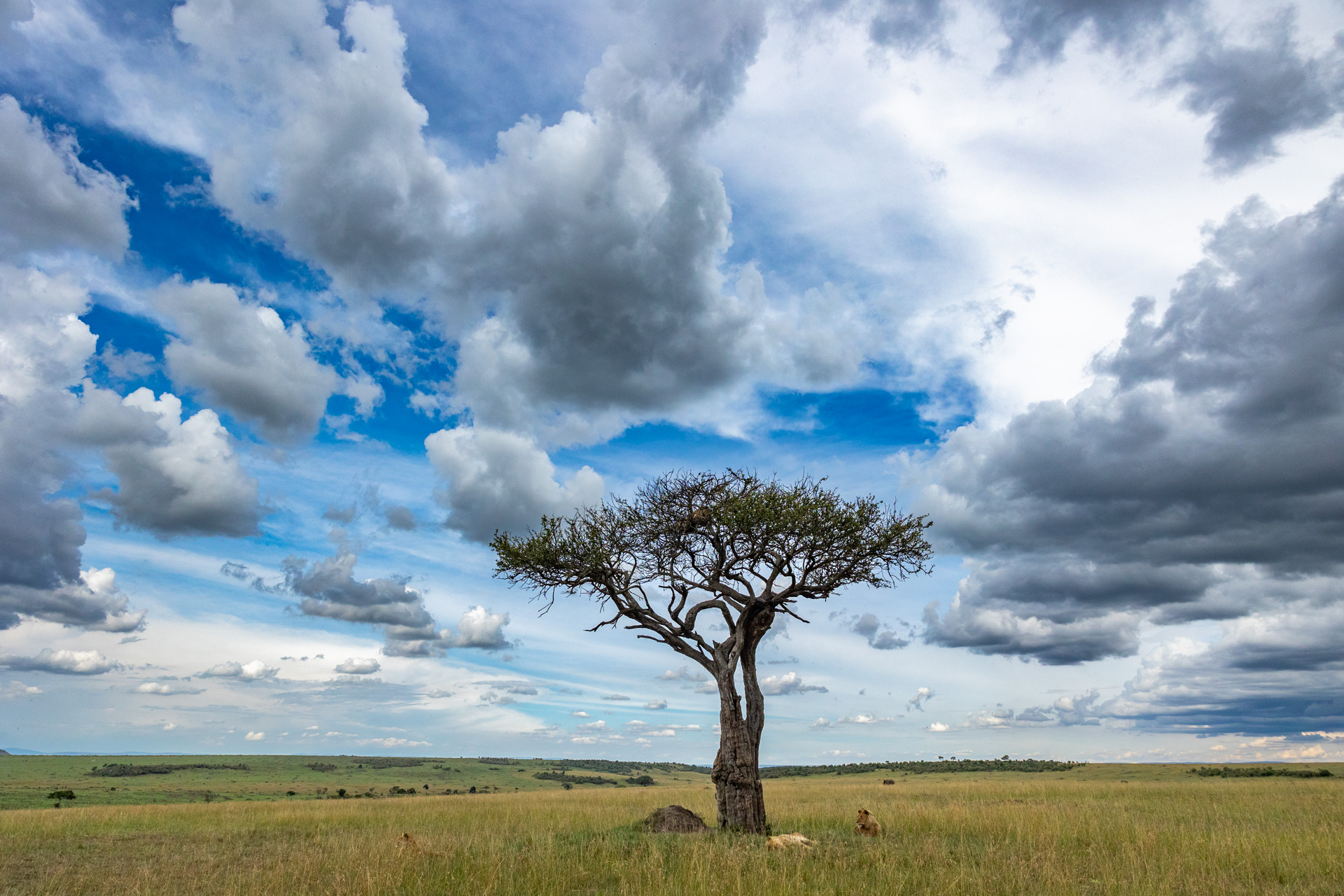
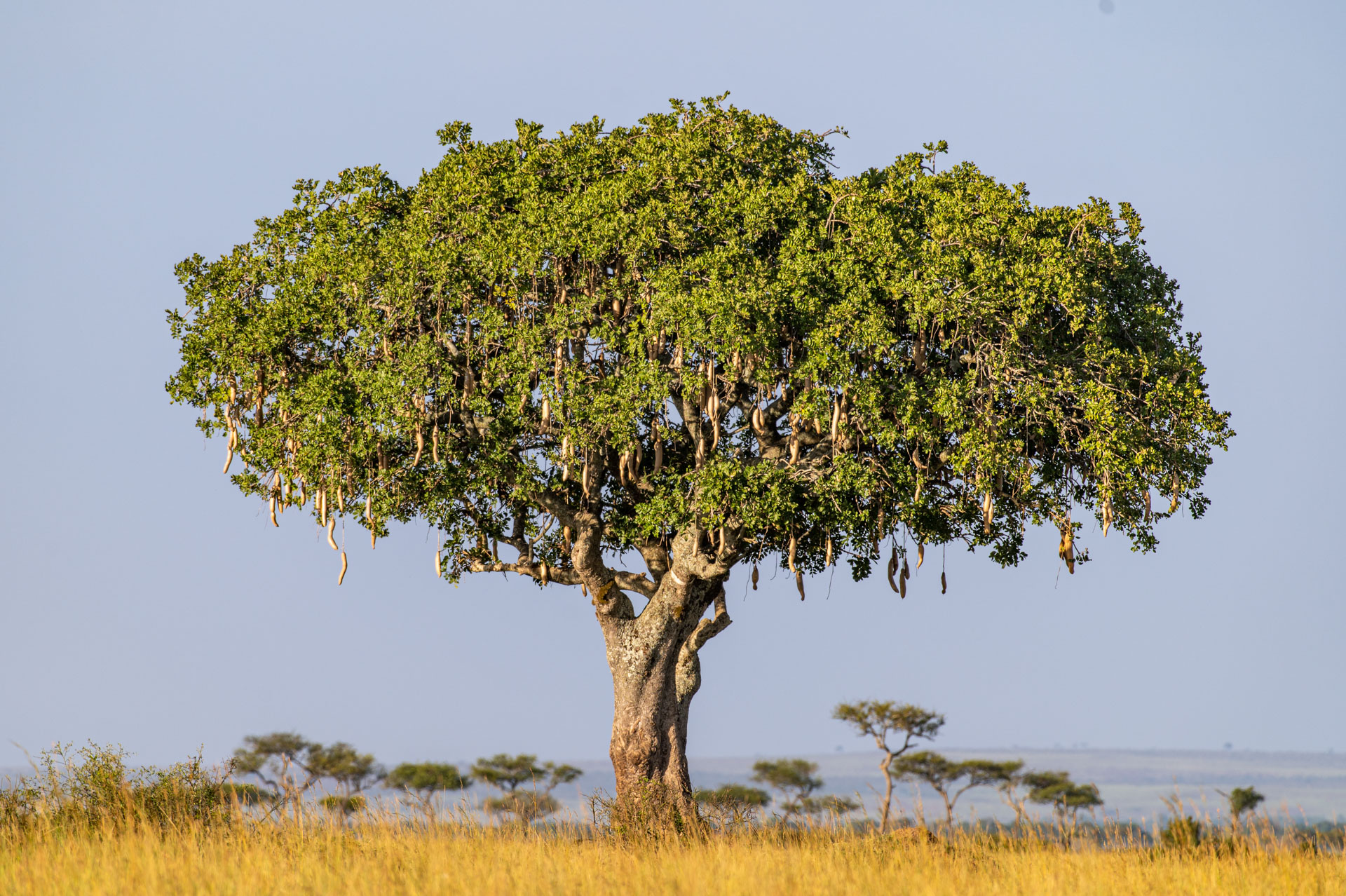
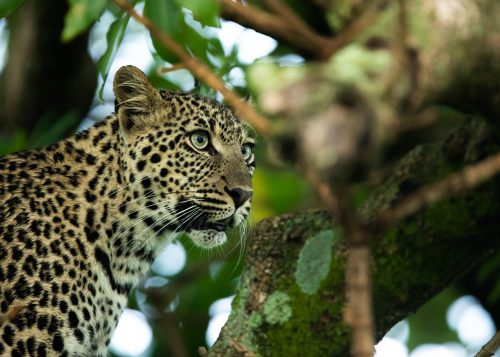
This time last year, we were inundated with leopard sightings with an average of two leopard sightings a day and seven different individuals seen throughout the week.
Filed under: This Week at Angama
Subscribe for Weekly Stories
Comments (2):
26 March 2023
Eagerly waiting to visit Angama during the yearly wildbeast migration
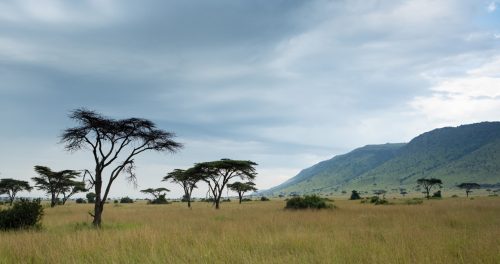
Angama Safari Camp